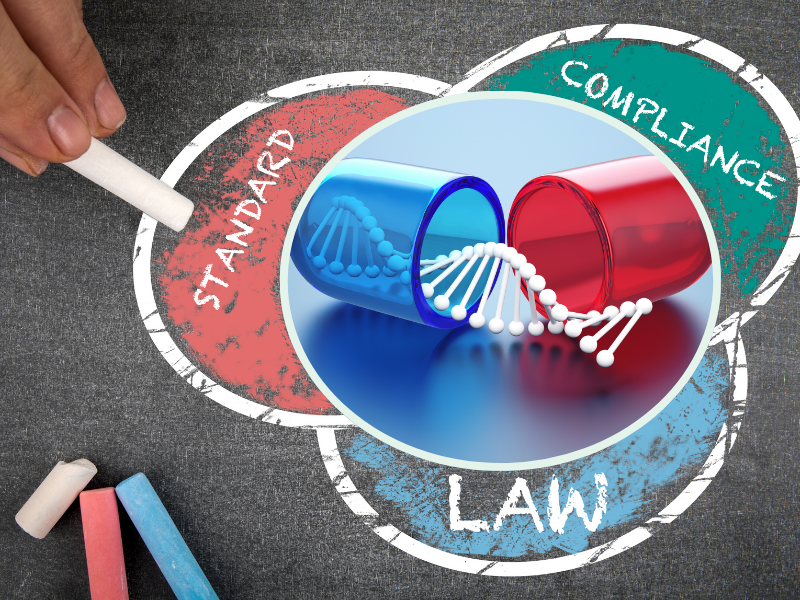The NIST Awards $1.5 Million to Improve Standardisation in Regenerative Medicine

The U.S Department of Commerce’s National Institute of Standards and Technology (NIST) has granted two organisations cooperative agreements of up to $1.5 million to advance standards in regenerative medicine: Brammer Bio, (a CDMO acquired by Thermo Fisher Scientific) and the Standards Coordinating Body (SCB) for Gene, Cell and Regenerative Medicines and Cell-Based Drug Discovery, a non-profit based in Maryland.
Each organisation will receive $250,000 per year with the option for potential renewal for three years. The winners will develop training programs in the standards, protocols, and measurements underpinning regenerative medicine.
Regenerative medicine is an area of science that uses stem cell technology and tissue engineering to restore normal functions to damaged tissues and organs. This promising field has unprecedented potential to treat previously intractable diseases such as cancer and genetic disorders.
Related:
- Q&A with Terri Gaskell, Chief Technology Officer, Rinri Therapeutics
- Kyoto University Hospital Explores the Potential of Treating Type 1 Diabetes Using Induced Pluripotent Stem Cells
- In Conversation with Stephen Sullivan, COO of iPSirius
Despite the high levels of possibility associated with regenerative medicine, regulators and the biopharma community have identified flaws and gaps in standardisation. Therefore, they have begun to develop standards to support the translation of stem cell research and clinical translation.
It is essential to establish standards in regenerative medicine to ensure the quality of products and therapeutic care. Sheng Lin-Gibson, Chief of the Biosystems and Biomaterials Division at the NIST said: “These educational programs will facilitate the adoption of standards and best practices to increase quality and consistency of advanced therapies and ultimately bring down costs.”
The organisations will implement various training methods including traditional classes, self-paced e-learning, digital resources, and augmented reality making cutting-edge standards accessible to the wider scientific community. They aim to educate and empower the current and next generation of scientists to standardise regenerative treatments, potentially bringing more regenerative medicine therapies to the market. This could reshape medical treatment for incurable degenerative diseases and support healthcare innovation in the 21st century.







